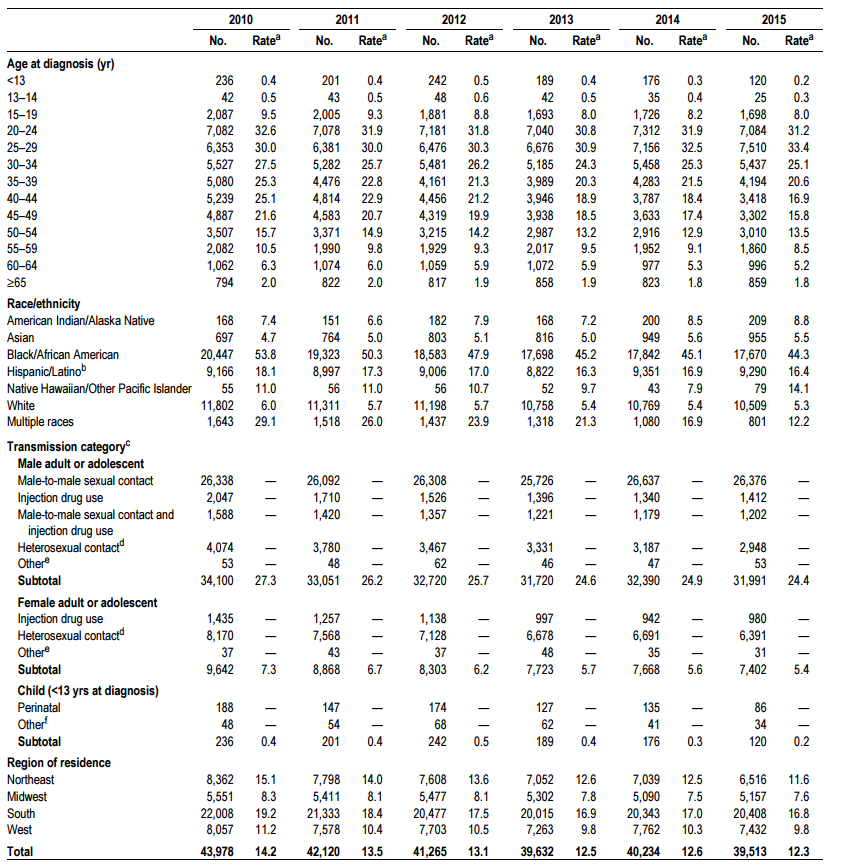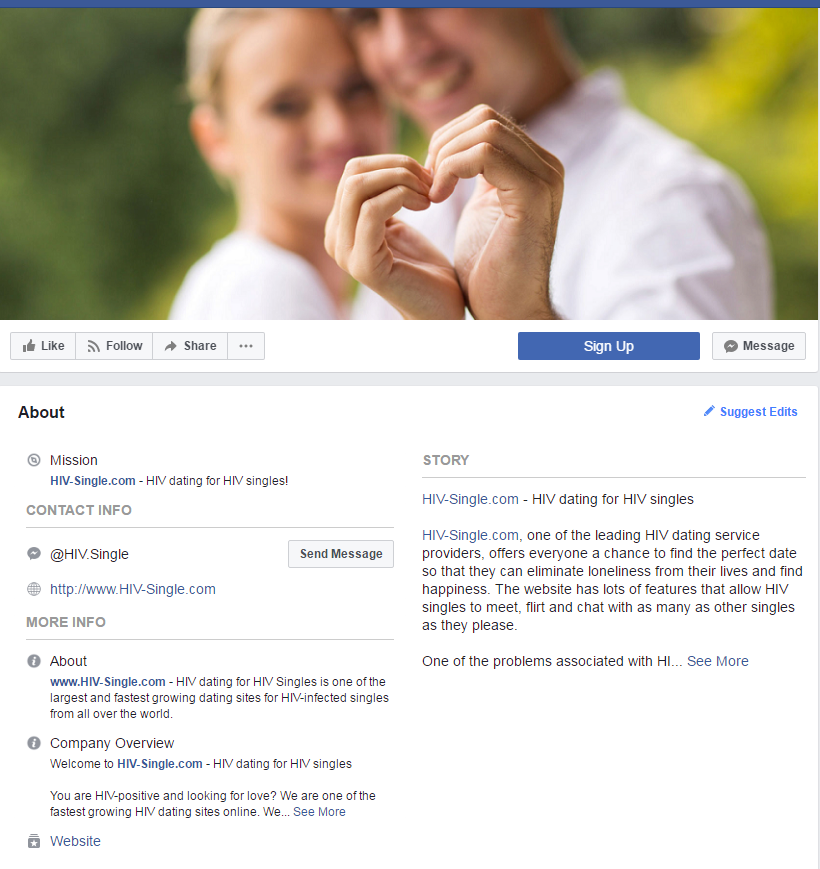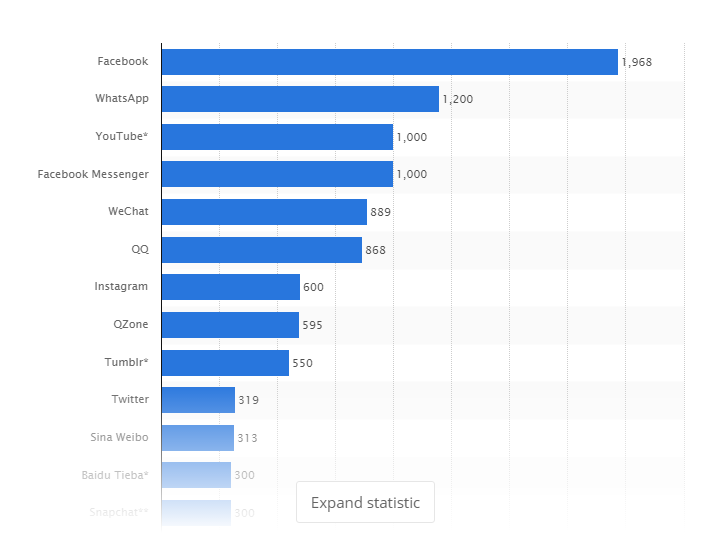Definition
Even with new threats to global health having emerged over the past few years, HIV remains the issue that puts people’s lives in jeopardy. The Centers for Disease Control and Prevention (CDC) report that, in 2015, the percentage of HIV patients remained relatively the same across all age groups (see Appendix A) (Centers for Disease Control and Prevention, 2015). Particularly, adolescents and young adults are affected. According to the data provided by CDC in 2017, “STDs take a particularly heavy toll on young people” (Centers for Disease Control and Prevention, 2017). Thus, it is crucial to focus on preventing the instances of HIV/STI contraction among young people, as well as manage the needs of the patients with HIV/STI.
The significance of addressing HIV/STI as a public health issue is obvious. Despite the fact that medications have been discovered to address STIs, as well as antiretroviral medicine to prevent the further development of AIDS in HIV patients (e.g., Abacavir, Didanosine, etc. (U.S. Food and Drug Association, 2016)), the said diseases still have detrimental effects on people’s health. They affect the quality and length of people’s lives, trigger numerous health complications, damage the reproductive system, and may lead to fatal outcomes unless attended to accordingly (UNICEF, 2015). Furthermore, people with HIV/STIs suffer extensively from the social stigma with which the diseases are associated. Therefore, there is a pressing need to develop a comprehensive program that will help build awareness about the threats of HIV/STIs and promote active knowledge acquisition among young people. Furthermore, the program must encourage the rest of the community to learn more about HIV/STI patients and realize that they need support from their community members.
Specific Audience: Description and Key Characteristics
The project in question, which is about to be launched by the New York City STD/HIV Prevention Training Center and, therefore, is known under the title of NYC STD/HIV PTC targets at at least two specific audiences. Particularly, the vulnerable population (i.e., the young people that have developed or are under a threat of developing HIV/STI) and the community members (i.e., the healthy population that may have prejudices against HIV/STI patients and, thus, contribute to them being ostracized) are viewed as the primary audiences (World Health Organization, 2016).
The group containing the members of the vulnerable population is represented by infants, children, teenagers, and adolescents who may contract or have contracted HIV/STI. The group includes all ethnicities and people from all socioeconomic backgrounds. It is suggested, though, that the results of the intervention should be classified based on the participants’ background so that specific factors affecting the aggravation of the issue could be isolated.
The second group includes adults that may provide support to the first group. These include adult family and community members. It is also expected that the project may attract the attention of organizations that may become potentially helpful for HIV/STI patients, as well as for any person willing to find out more about the subject matter and contribute to the improvement of the healthcare service and support quality. However, targeting large entities is not the primary objective of the project at present. A follow-up initiative, in its turn, may be focused on the identified issue.
Purpose: Reducing HIV/STI Levels, Building Awareness, and Improving Connectivity as Specific Aims
NYC STD/HIV PTC aims at managing several crucial issues that remain persistent in the global healthcare realm. Particularly, the participants of the program seek to reduce the number of instances of HIV/STI contraction among young U.S. citizens and bring down the negative effects of prejudices that surround the diseases in question. Thus, the environment for managing the problems related to HIV/STI can be created.
In light of the fact that the HIV/STI development levels remain rather high among the target population, the necessity to educate young people about the threats of HIV/STI, as well as the methods of avoiding and managing them, is evident. The program, therefore, also focuses on improving information management in the contemporary healthcare environment so that a better connection between the vulnerable population and healthcare professionals (HPs) could be established. Thus, the foundation for significant improvements can be built.
Furthermore, the program seeks to reduce the deplorable effects of social prejudices on the lives of HIV/STI patients. It is imperative that the people with the specified health issues should not be ostracized and, instead, should be provided with extensive support from the community members. For this purpose, community members will be invited to participate in the program and acquire the relevant knowledge about HIV/STIs. Thus, the harmful effects of social prejudices can be reduced, and the patients will be able to receive the support that they need.
Specific Strategy: Engaging the Target Audience
In order to engage the target audience, one should consider using a social media promotion campaign. Facebook and Twitter will have to be utilized as the platform for carrying out the campaign. Particularly, the advertisements and posts in the identified types of social media will be used as the means of attracting the attention of the target population. The advertisements and posts will serve as the attention grabbers that will compel the target population to explore the opportunities that the program has to offer. Thus, both the vulnerable population and the rest of the community will be embraced.
Furthermore, it will be necessary to use blog posts as the means of attracting the attention of the target population and inviting them to join the program. Each post will be devoted to a particular prejudice associated with HIV/STIs and debunk the myth, thus, enlightening the audience and increasing their engagement levels. Furthermore, each post will end on a cliffhanger so that the targeted population could have the impetus to return for more information. As a result, a rapid increase in the number of followers, subscribers, and participants is expected (see Appendix C).
Choosing the Right Technology: Two Tools That Will Make a Difference
As stressed above, it will be imperative to incorporate the use of social networks into the program. Specifically, one will have to consider using Facebook and Twitter as the primary means of attracting the attention of the target population. Facebook posts will shed light on some of the most topical concerns associated with HIV/STI among the American youth. Furthermore, Facebook can be used as the means of spreading the word about the events that the program in question will include so that the number of participants could increase. Moreover, Facebook applications such as the dating/supportive tool for HIV-positive single people can be utilized as essential means of providing extensive support to HIV/STI patients (see Appendix B).
Twitter, in its turn, can also be used as the tool for providing essential information about the upcoming events, recent issues, current threats, etc. Thus, the participants will be updated on the latest news and remain aware of the existing opportunities and threats. Furthermore, information about the recent studies about HIV/STI and the relevant statistical data can be provided on Twitter.
Blogger.com and similar services should be used as the platform for the participants to discuss the issues associated with HIV/STI. Apart from providing essential information about the subject matter and debunking the existing myths about HIV/STI, blog posts will prompt discussions among the readers, thus, contributing to a rapid increase in engagement levels. Consequently, a rapid rise in awareness rates can be expected among not only patients but also the rest of the community members. As a result, the threat of being ostracized due to the social stigma will be reduced significantly among HIV/STI patients, and extensive support from the community members, as well as the patients’ families, can be provided.
Advantages and Disadvantages of the Chosen Tools: Analysis
One must admit that the chosen media has both its benefits and problems, while the advantages are very numerous, some of the negative aspects of the said media may become serious impediments to the success of the campaign. Therefore, an elaborate strategy for enhancing the effects of advantages and preventing the problems from impacting the campaign must be devised.
The speed of data dissemination clearly is the most obvious advantage of the tools mentioned above. With a huge number of people being online, and the opportunity for keeping each other updated about the changes in one’s online activities, the relevant information will be spread very quickly with the help of “likes,” “retweets,” etc. As a result, a significant number of participants can be recruited for participating in the campaign within a relatively short amount of time. Similarly, the use of blogs allows for a range of opportunities, the chance for inviting people to discuss specific issues being the key one. By starting a conversation in the online environment, one will invite others to contribute to the analysis of the problem and, therefore, attract the attention of a range of users.
However, the suggested media tools also have their problems, the lack of control over the actions of the participants being the key one. For instance, it will be barely possible to make sure that the subscribers should visit the Facebook, Twitter, and Blogger.com official pages of the NYC STD/HIV PTC campaign on a regular basis, participating in the events and discussions organized to support the HIV/STI patients. Furthermore, the discussions can hardly be controlled. While moderators will be able to prevent the instances of online bullying and flaming, making sure that the communication process could be steered the required way may be problematic. Therefore, thorough moderation and a set of rigid rules for discussion threads must be viewed as a necessity.
Plan for Using the Social Media: Communicating the Message
Goals Identification
It will be necessary to promote active participation among the people that will join the campaign. Particularly, the issues associated with HIV/STI, as well as the prejudices that people with the said diseases have to face on a regular basis in the modern community, will have to be scrutinized. The increase in the engagement levels among patients and community members can be viewed as the expected and desirable outcome.
Moreover, the promotion of the required behaviors and attitudes among the target population should be deemed as an essential goal. While shedding light on the threats to which the target population is exposed important, it is also necessary to show why the current behaviors are inappropriate and offer an alternative. As a result, young people will be able to avoid a range of threats by following simple rules such as using protection, refusing from promiscuous sex, etc.
The identified goals are expected to be achieved by compelling young people to participate in online discussions of HIV/STI-related issues. Furthermore, information about the subject matter will be disseminated among the identified audiences with the help of modern media. Finally, the people involved in the program will be provided with consultations from health experts, as well as free contraceptives.
Intended Audiences
The key message must be communicated to two primary groups. First, the vulnerable population, i.e., children, teenagers, and adolescents, especially the ones that come from a poor socioeconomic background, as well as young people with HIV/STI, must be viewed as the target audience. Afterward, the rest of the community, particularly, the target participants’ family members, local authorities, healthcare organizations, etc., will have to be invited to take part in the program to reduce the pressure of social prejudices and relieve HIV/STI patients of their social stigma.
Messages
The following message should be considered the focus of the campaign: “HIV/STI remains a consistent threat, and prejudices and myths about it stigmatize patients, making their experience even more difficult. Learn how to help or get help yourself – take part in the NYC STD/HIV PTC Campaign!” It is important to incorporate both the idea about raising awareness and providing the target population with the necessary resources. The messages will be presented via Facebook and Twitter on an HIV awareness day.
Pretesting Messages and Materials
The materials will include two Blogger.com posts, a Facebook post, and a message on Twitter. The selected population (5-8 young people that are deemed as the vulnerable population and 2-3 community members) will be invited to read the information and respond to the ideas that they will consider interesting, if any. The objectives of the pretest include checking whether the messages invoke any emotional response among the participants.
Revising the Messages
One must bear in mind that several problems may be revealed in the course of pretesting. For instance, the current message might lack urgency and, therefore, discarded by the target audiences. Thus, an impetus for action must be incorporated in a new and revised message so that it could attract the attention of the target population faster.
Plan Implementation: What It Might Look Like
The implementation of the plan will involve writing an exciting blog post about myths regarding HIV/STI and debunking some of the prejudices that have been present in the target community for years. The links to the post will be provided on Facebook and Twitter, with corresponding announcements about the important and peculiar information that the blog provides. Furthermore, the information about the new blog will be spread via word of mouth among the community members. Thus, the target audience will be able to learn about the campaign and consider enrolling for participation. In case the number of people that the identified approach will attract will be lower than expected (less than 30% of the target population), using direct advertisement via e-mails should be viewed as an option.
After the participants start visiting the site, it will be necessary to make sure that they should take part in the discussion. Thus, it might be necessary to provide the opening message that will help the target population engage in a conversation faster. By breaking the ice in the conversation process, one is likely to trigger an active discussion of the issues raised in the post. At the same time, important links and contact information must be provided to the participants at the end of the article. Thus, further consultations and assistance will be offered to the patients, whereas the rest of the community members will be able to register for the further participation in the program to assist HIV/STI victims.
Ostensible Effects and Their Assessment: What Needs Improvements
It is assumed that the program will contribute to a rapid increase in the engagement levels among the target population. Particularly, young people are bound to consider the issue of HIV/STI as a tangible threat and acquire the habits, skills, and knowledge that will help them avoid the threat of developing the disease. Furthermore, it is assumed that family members will learn to provide sufficient support to the patients.
Expecting that the campaign will help eliminate the prejudices against people with HIV/STI fast and completely, therefore, affecting the quality of patients’ life in the community, would be too optimistic, though. Changing people’s mindset is a long and difficult process, especially as far as the delicate issue of HIV/STI is concerned. Seeing that the diseases in question are often linked to promiscuity and other types of sexual behavior that is deemed as blameworthy in the contemporary society, it will be very complicated to convince people to reconsider their opinions.
The problem mentioned above can be addressed once a sufficient number of community members enroll in the program and learn more about the needs of HIV/STI patients, their vulnerability, and the harm that social prejudice cause. However, time will be an essential resource. It is important to make sure that the message sinks in among the target population; thus, conscious and efficient support can be provided to the HIV/STI patients.
Changes for Future Plans and Implications for Public Health
Seeing that the process of engaging the community members and contributing to a drop in the effects of social prejudices may take a significant amount of time, it will be required to boost the campaign. The levels of engagement among the target audiences may be increased by showing them that HIV/STI patients are not any different from them as far as their needs, life, and emotions are concerned. The identified effect can be achieved by encouraging HIV/STI patients to share their stories and experiences as blog posts. Taking interviews and posting them with the permission of the interviewees, therefore, should be considered one of the methods of enhancing the efficacy of the campaign. As soon as a strong connection between the vulnerable population and the community is established, significant improvements in the quality of patients’ lives, as well as an increase in engagement levels among the young and vulnerable population, can be expected.
References
Centers for Disease Control and Prevention. (2015).HIV/AIDS. Statistics center. Statistics overview. Web.
Centers for Disease Control and Prevention. (2017). Sexually transmitted diseases. Life stages and populations. Adolescents and young adults. Web.
HIV-Single. (2017). HIV is not a crime. Web.
Statistic Portal. (2017). Most famous social network sites worldwide as of April 2017, ranked by number of active users (in millions). Web.
UNICEF. (2015). Turning the tide against AIDS will require more concentrated focus on adolescents and young people. Web.
World Health Organization. (2016). Sexually transmitted infections (STIs). Web.
Appendix A: HIV by Age: 2010–2015 (US) (Centers for Disease Control and Prevention, 2015)

Appendix B: Facebook App for HIV-positive Single People (HIV-Single, 2017)

Appendix C: Most Popular Social Media (2017) (Statistic Portal, 2017)
